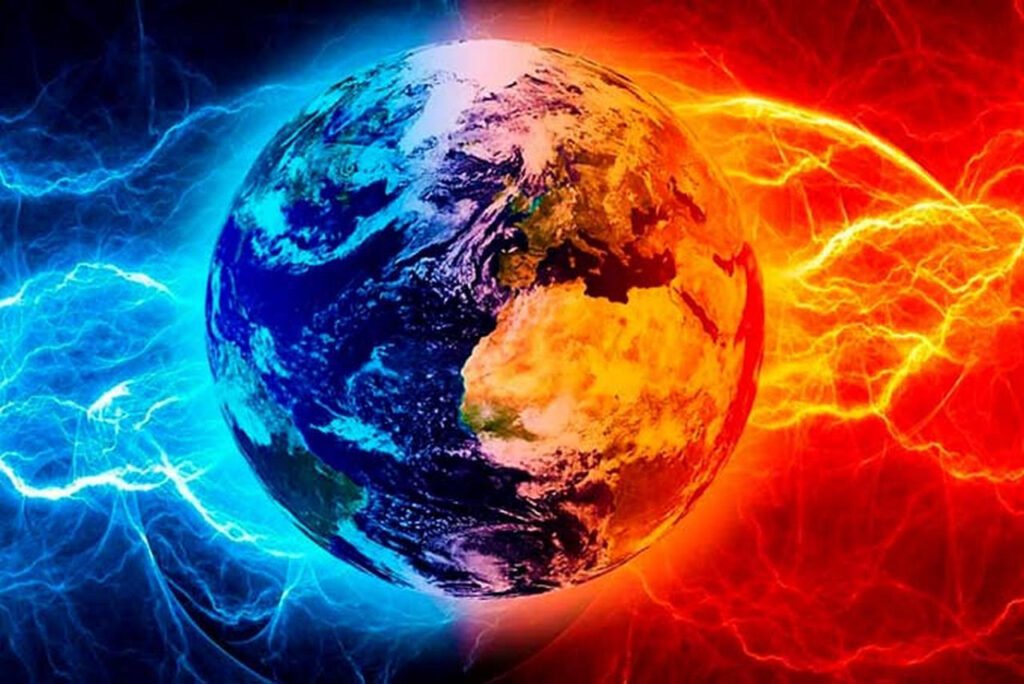A powerful 9-point magnetic storm hits the Earth: what is the danger to people
11 July 2024 12:06
A powerful magnetic storm hit the Earth. The index reached 9 points. This was reported by "Komersant Ukrainian" with reference to Meteoagent.
Scientists predict that this phenomenon will last for four days.
It should be noted that geomagnetic storms are classified by the level of power – the K-index – from 2 to 9. Today it will be felt especially strongly – solar activity with a K-index of 9 (red level) is expected, which corresponds to a strong storm that can affect people’s health.
In the coming days, a magnetic storm of 4-5 points is expected.

A magnetic storm of this magnitude can have a significant impact on electromagnetic systems, causing disruptions to satellites and power grids. It can also affect human health, especially those who are sensitive to changes in the Earth’s magnetic field.
Health hazards
Magnetic storms are natural phenomena associated with solar activity, and although they rarely pose a serious risk, it is important to understand their impact.
Magnetic storms do not pose a serious health risk to most people. However, some studies indicate that mild disorders such as headaches, dizziness, insomnia, or poor health can occur during strong magnetic storms in meteorologically sensitive people.
To reduce the potential impact of magnetic storms, it is recommended to follow these tips
- avoid excessive outdoor exposure during the peak moments of the storm;
- limit physical activity;
- get plenty of rest;
- drink plenty of fluids;
- avoid stressful situations.
People with serious chronic illnesses should consult a doctor about additional precautions during strong magnetic storms.
Magnetic storms
Magnetic storms are temporary disturbances in the Earth’s magnetic field caused by solar activity, such as coronal mass ejections or solar flares. They occur when powerful emissions of charged particles (plasma) from the Sun interact with the Earth’s magnetosphere. These solar plasma streams can change the shape and direction of the Earth’s magnetic field, causing disturbances and magnetic storms.
Magnetic storms are classified according to their intensity – from G1 (weakest) to G5 (strongest). Severe magnetic storms (G3 and above) can cause problems in power grids, communication systems, satellite operations and even aviation. Space agencies such as NOAA and NASA monitor solar activity and forecast potential magnetic storms, which allows them to take precautionary measures.
During magnetic storms, solar plasma particles interact with the upper layers of the Earth’s atmosphere, resulting in the formation of bright northern lights at high latitudes.









